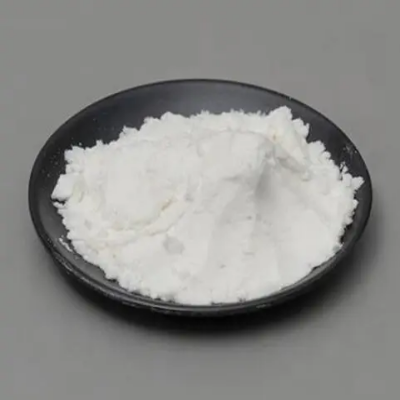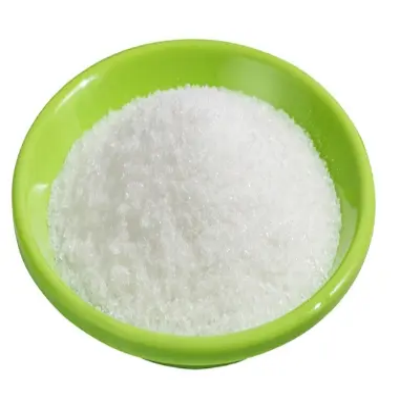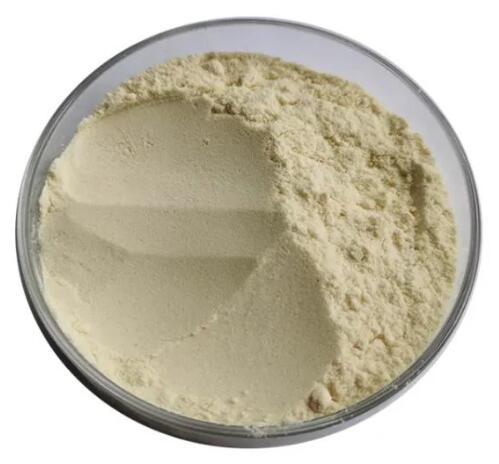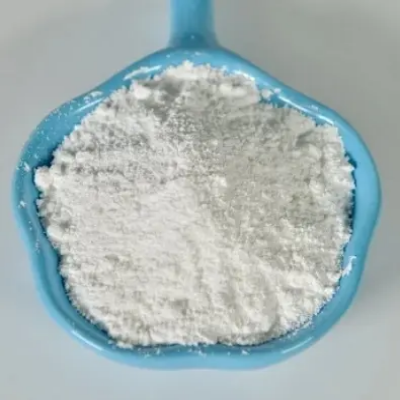(S)-(-)-4-Chloromethyl-2,2-dimethyl-1,3-dioxolane CAS:60456-22-6
(S)-(-)-4-Chloromethyl-2,2-dimethyl-1,3-dioxolane, characterized by the molecular formula C7H13ClO2, features a five-membered dioxolane ring that incorporates a chloromethyl group at the 4-position alongside two methyl groups at the 2-position. This structural configuration imparts particular reactivity and steric properties, making it a key candidate for various synthetic applications in organic chemistry. The presence of the chloromethyl group enhances the electrophilic character of the molecule, facilitating nucleophilic substitution reactions that are essential for synthesizing more complex structures. As a chiral compound, (S)-(-)-4-chloromethyl-2,2-dimethyl-1,3-dioxolane plays a vital role in asymmetric synthesis, where the specific stereochemistry can influence the outcome of chemical reactions, leading to enantiomerically enriched products. Such characteristics make it particularly useful in the pharmaceutical industry for producing biologically active compounds. In drug development, this compound may serve as a precursor for synthesizing various therapeutic agents. Its ability to undergo transformations through nucleophilic attack provides pathways to introduce functional groups necessary for the desired biological activity. Additionally, because chirality often affects pharmacodynamics and pharmacokinetics, the (S)-(-) form could be tailored to enhance efficacy while minimizing undesirable side effects. Moreover, the unique dioxolane framework allows for incorporation into polymers and materials science, where such compounds can impart specific mechanical or thermal properties. The potential use of (S)-(-)-4-chloromethyl-2,2-dimethyl-1,3-dioxolane in creating advanced materials highlights its versatility beyond traditional organic synthesis. Ongoing research efforts focus on exploring novel reaction conditions, optimizing yields, and identifying new applications for this compound. By understanding how variations in synthesis can affect the properties and utility of (S)-(-)-4-chloromethyl-2,2-dimethyl-1,3-dioxolane, chemists can unlock new avenues for innovation in medicinal and industrial chemistry. In conclusion, (S)-(-)-4-chloromethyl-2,2-dimethyl-1,3-dioxolane stands out as a significant chiral compound with broad applications in organic synthesis, underscoring its relevance in developing new therapeutic agents and specialized materials.



| Composition | C6H11ClO2 |
| Assay | 99% |
| Appearance | white powder |
| CAS No. | 60456-22-6 |
| Packing | Small and bulk |
| Shelf Life | 2 years |
| Storage | Store in cool and dry area |
| Certification | ISO. |









